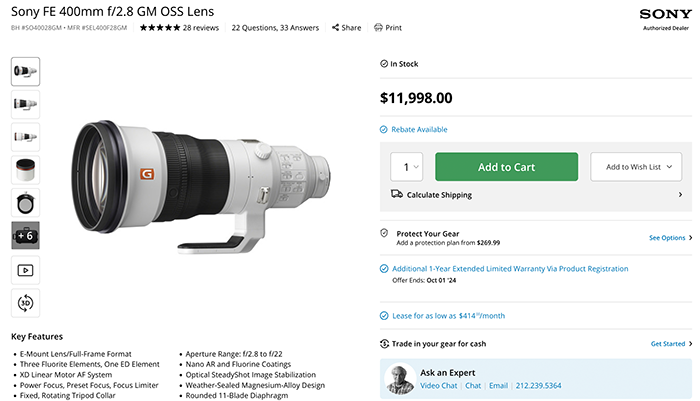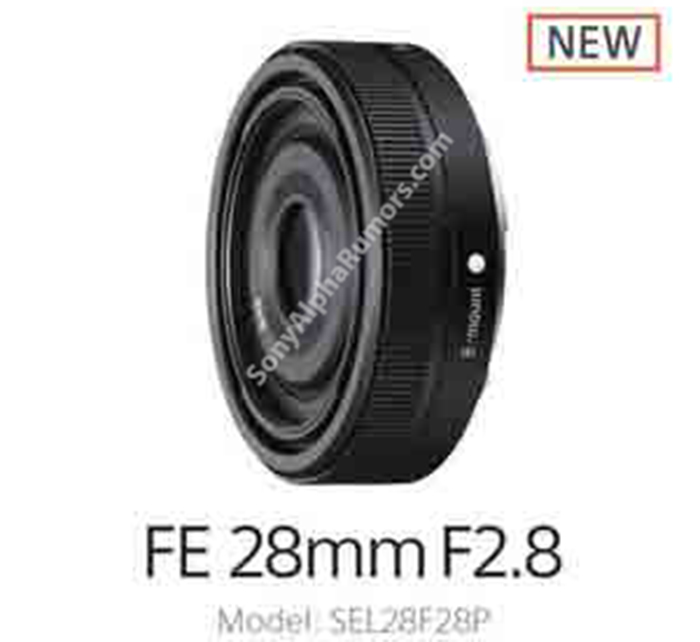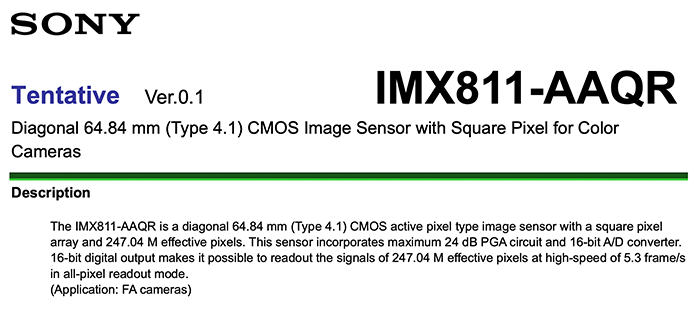Debunking myths. Sony-Canon lens debate on Sonyalpha.es

David Bejarano from Sonyalpha.es compared the present Sony and Canon lenses. He wrote me the following text:
“Tired of hearing the endlessly and tiresome song “The A-mount has a very limited number of lenses; I would wish to post this comparison, so everybody could speak knowingly.
Debunking myths… if only a little
It is a truth repeated and accepted by everybody that Sony lacks the breadth of catalogue of Canon or Nikon. And that is often used when evaluating the Sony products: “Yes, it could be a good camera, but when you need to make grow your gear
Not long ago, on a thread on the Sonyalpha.es forum, a user said: “And after the [shoplink 4378]A580[/shoplink]… what?”, questioning the growth capabilities of his Sony gear
Some months ago, taking pictures with some Canon and Nikon users, where only a girl with an A300 and myself with the [shoplink 3032]A900[/shoplink], were Sony users, were holding the jokes and ironies of one of them. I didn’t want to argue; so I just asked him for a memory card, took some pictures, and while I handed it to him, I told him “Just look at these at home, and then we can talk about Why I’m shooting with Sony”… Now this Canikon user has a problem, because his gear doesn’t give him pictures with so much dynamic range, sharpness, detail and colours. Now he doubts a lot but… “There are so few Sony lenses”!
It would be naive not accept that today Canon’s lenses list is much larger than the Sony’s one but… How far? So I decided to compare their catalogues, and now I’m presenting the result.
The only aspect I try to answer is if Sony’s lenses list is as short as it’s said. It should be necessary to analyse some other aspects which would take the study a little bit further. There are a lot of reviews
There are already many reviews that assess lens performances. I’m not talking about qualities, although I must say that G lenses can talk face to face with Canon’s L and L-II, if not overcome them, and all CZ lenses outperform their respective Canon counterparts, according to the different reviews I’ve been reading.
Talking about the sealed Canon lenses, I remember an article of an A900 and a [shoplink 4835]24-70/2.8 Carl Zeiss[/shoplink] lens, shooting on the Paris-Dakar rally, completely full of desert sand and dust, while continued working perfectly; or the Luminous Escape experience praising the A900 reliability that outperformed some failing Canon bodies
You can find here a Canon vs Sony’s catalogue comparative, you can use it to take your own conclussions …
Firstable, is important to realize you can find a lot of similar lenses on Canon’s family; some of this “duplicate” models have been developed to achieve quality improvements (for the L and L-II series) and some others because they are stabilized lenses (LS). But, in the Sony family ALL lenses can work as stabilized lenses because all Alpha bodies (except the NEX bodies) have in body stabilization, and you don’t need to duplicate versions.
Second, there are some Canon lenses with no AF motor, but its use is limited only to Canon bodies with integrated AF motor. In the Sony system the camera bodies include an AF , which has shown their advantages; newer in-body engines now are outperforming in terms of speed and precission some SSM engine“




